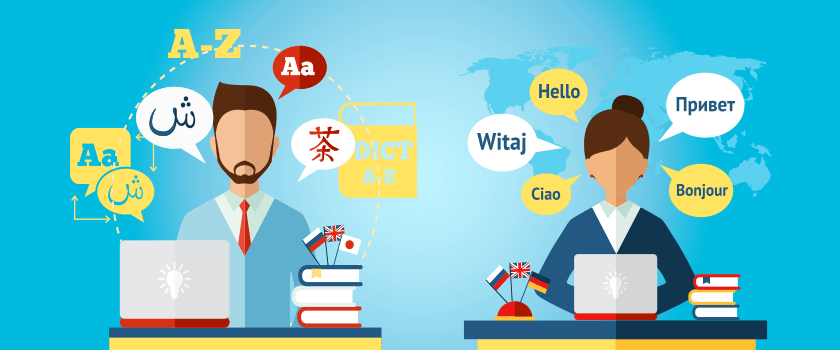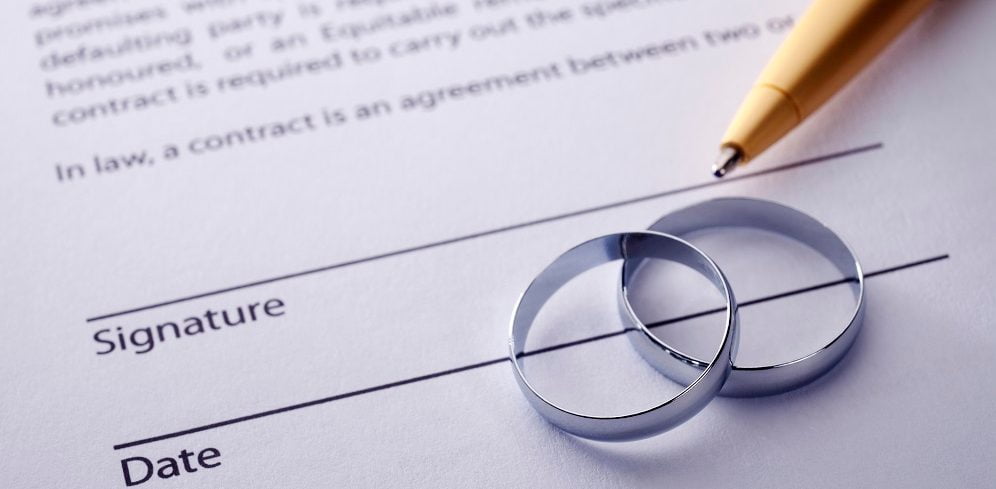Germany’s announcement to establish the Federal Ministry of Digital and Transport has been making waves in the realm of research and digital engineering. This ministry will cover AI strategies, aerospace, and policy frameworks which govern them. Accordingly, Germany’s education wing, government structure, and its international relations are undergoing a facelift. The country’s influence in the global engineering and technological industries is becoming more apparent, creating areas for cross-cultural translation and adaptation.

German data technology was most recently used in the national healthcare sector. A database of multilingual doctors was created to meet the needs of patients in Germany who do not speak German. More and more such centralised language systems are being founded to ease communication.
Complexities of German translation in technical documents
The concept of being a ‘global citizen’ is becoming more of a reality today. Within this reality, immigrants who seek and/or offer services in a host country which does not predominantly use their native language need to be accommodated. For example, a German doctor treating a Swedish-speaking patient can now book a conference call with an interpreter.
Ever since the gap in translation needs has been identified, intercultural communication has become an institution of its own. Here are some of its layers in the engineering sector.
- Terminology: The field of engineering is detail-oriented. Therefore, the same is expected in its terminology, especially while being translated. Blunders in translating engineering texts can lead to projects being halted or funds being pulled. Worse yet, misinterpretations can cause compromised working conditions which are unsafe for employees. In some cases, legal liabilities may also surface.
- Design and manufacturing: Operating instructions of a product or the equipment used in assembling the product are essential. Most manufacturing processes call for specific environments in terms of temperature, pressure, working space, and so on. While manufacturing is underway, test reports need to be submitted at various stages for the purpose of monitoring and approvals.
- Labels: Finished products need to be marked accurately before shipping. The idea that labels play a significant part in translation of engineering content may be amusing, but their exactness is actually rather crucial. Wrongly translated labels can lead to logistical confusion, break protocol, and result in damaged products. The handling of packages is also dependent on how meticulously they have been labelled.
Documentation involved in technical and engineering domains
- Technical manuals and user guides: Other than terminology as mentioned previously, a formatting process is also integral to technical translation. Information must be arranged on a priority basis and must be easily accessible to the reader. Furthermore, certain organisations may have unique styles of presenting information as part of their brand identity. The format will also have to be amenable to updates in the future. A translator will need to take into account all such standards while converting the material.
- Research material: This is the point of convergence between researchers, practitioners, and terminology. A study can only become a practice if it is effectively conveyed and understood. On the one hand, policymakers may insist on certain priorities to be incorporated into the research. On the other hand, the evidence-oriented, skill-based approach may be the main concern for practitioners. Finally, the findings of a research are time-sensitive, which makes the translation process deadline-sensitive.
- Safety and compliance documents: The responsibility of employee safety at the workplace rests in the hands of employers. They make sure every worker is clearly trained in safety regulations. Linguistic profiles of these workers are typically varied, especially in international engineering corporations. Depending on the specialised sector of engineering, safety standards vary. Translators must work to comply with these factors, failing which errors in translation can open doors for employee injuries, penalty charges to be paid, and lawsuits as well.
- Software and IT documentation: Studies show that one of the main causes of employee burnout in IT sectors is because of frustration over not being able to find the right data on time. IT documentation supports teams in this regard, beneficially arranging data for access. To start with, the system itself needs to be documented in the form of design models and programme source code. Step-by-step instructions need to percolate all levels of a programming centre. Its functionality must remain unhindered.
Best practices for German translation in technical and engineering sectors
- Specialisation matters: It goes without saying that your translation partner must be qualified in linguistic capabilities. They must ideally have an extensive pool of skills in their employee profiles. Both technical and language proficiency are essential. Native level German and English frequency must be among their top offerings. Certification must indicate that they are approved by institutions as well. However, long-term requirements go far beyond that. They need to be aligned with the values upheld of your organisation.
- Consistency in language conversion: Translation providers must be able to maintain the same quality of labour with every project, to keep up an enduring partnership.When it comes to terminology, for example, spelling, abbreviation, and case sensitivity must be respected identically across all translations. Provision of a clearly indexed glossary can help in this regard. For this purpose, Translation Memory (TM) software is available to ensure continuity and uniformity between similar text segments. So, previously translated material will bear the same format as the recent.
- Audience focus: Before bringing on board a translation agency, consider the people who will access and benefit from your content. This consideration must be carried out not just in terms of language used by the recipient, but also by their role and relation to your company. Once this is finalised, your needs can be easily conveyed to the translation provider. They will then be able to tailor the content for experts as well as laymen.
- Check and review: At all times, ensure a team consisting of members from your organisation and the translation agency who will closely collaborate on projects. This team will monitor the progress stage by target till all requirements on the checklist are fulfilled and a mutual professional satisfaction has been reached. On completion of translation, the routine quality check is best supplemented with a round of reviews. This can involve fresh pairs of eyes, so that a linearity is formed objectively.
Translation norms are constantly evolving based on cultural advancements. They therefore affect the use of language in all sectors. In an already complex field such as engineering technology, translation needs only get more specific. To protect your translation services, stay abreast of the developments on the scene, both with regard to the domain as well as the language.


